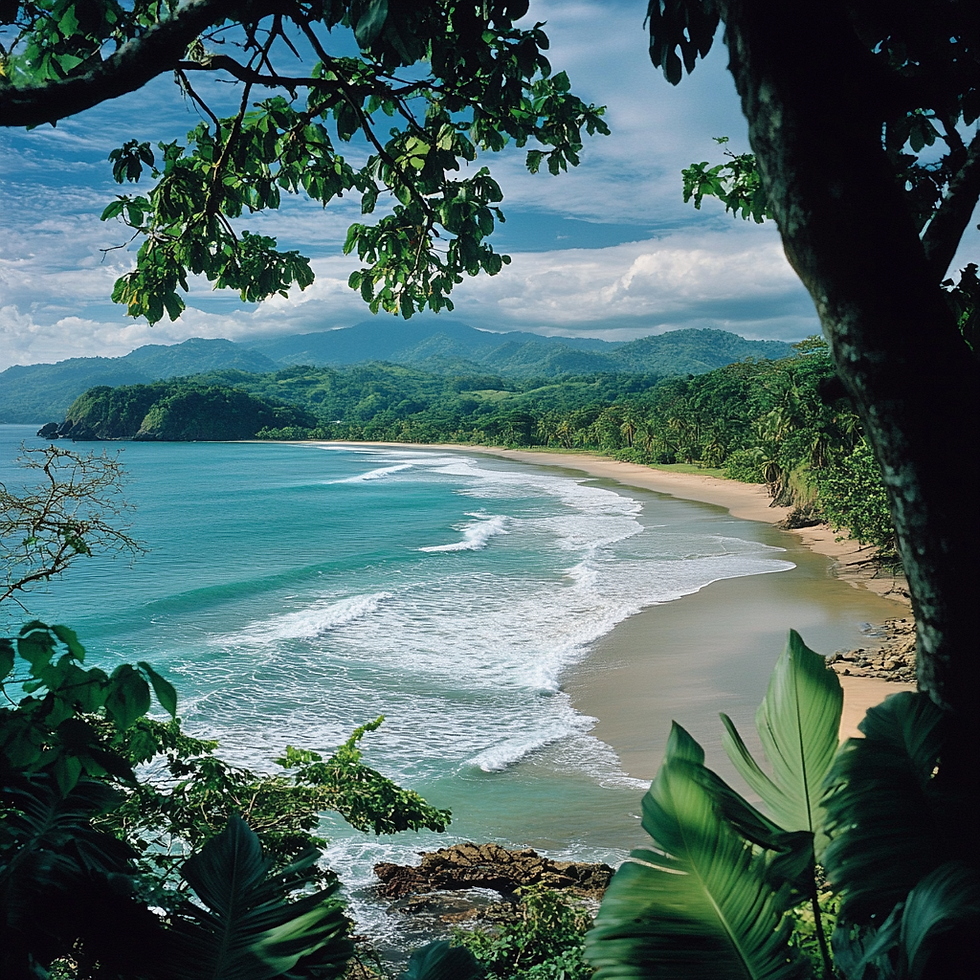Blue Zone Workouts: 7 Longevity Fitness Habits Backed by the World’s Healthiest People
- Dérik
- May 27
- 3 min read
Updated: May 28

🏝️ What Are Blue Zones—and Why Should You Care?
Blue Zones are regions of the world where people live the longest, healthiest lives. Identified by researcher Dan Buettner, the five Blue Zones include:
Okinawa, Japan

Ikaria, Greece

Sardinia, Italy

Nicoya Peninsula, Costa Rica

Loma Linda, California

People in these regions share common lifestyle habits—especially in terms of natural movement, low-stress activity, and purposeful exercise.
“Exercise doesn’t mean going to the gym in Blue Zones. It means living in an environment that encourages constant, low-intensity movement.”— Dan Buettner, National Geographic Fellow & author of The Blue Zones
🏋️♂️ 7 Longevity Fitness Habits from Blue Zone Workouts
1. Move Naturally Throughout the Day
Blue Zone Fitness Insight:People don’t “work out”—they move frequently as part of their lifestyle. Gardening, walking, carrying groceries, climbing hills—all count as functional fitness.
Scientific Backing:A 2022 study from the British Journal of Sports Medicine found that light-intensity, all-day movement was linked to lower mortality than sedentary time followed by vigorous workouts. Source
Amazon Pick:🔹 Standing Desk Balance Board – FluidStance
2. Walk More—Especially After Meals
Habit Origin:Blue Zone centenarians walk everywhere. After meals, they often take a stroll—especially in Okinawa and Sardinia.
Why It Works:Post-meal walking improves blood sugar control, digestion, and reduces cardiovascular risk.
Scientific Backing:Walking for just 15 minutes after eating can significantly lower blood glucose levels. (Diabetologia, 2016). Source
Benchmark Table: Post-Meal Activity vs. Glucose Spikes
Activity Type | Blood Glucose Spike Reduction | Study Reference |
No walking | — | Baseline |
15-min walk | ↓ 12% | Diabetologia, 2016 |
30-min walk | ↓ 20% | Diabetes Care, 2020 |
Amazon Pick:🔹 Men - Skechers GOwalk Shoes – Great for Daily Walking
3. Prioritize Functional Strength Over Muscle Mass
Blue Zone Strategy:Elderly Blue Zone residents can still carry groceries, chop wood, and squat without assistance—real-life strength > gym strength.
Scientific Proof:Functional strength is more predictive of longevity than muscle mass alone. (Journal of Aging and Physical Activity, 2021)
Example:In Nicoya, Costa Rica, 80-year-olds still climb trees, while Ikarians tend goats on rocky hillsides.
Benchmark Table: Muscle Mass vs. Functional Strength in Longevity
Factor | Longevity Impact | Source |
Muscle mass (BMI) | Moderate | JAMA, 2015 |
Grip strength | High | BMJ, 2018 |
Functional mobility | Very High | Journal of Gerontology, 2021 |
Amazon Pick:🔹 TRX Suspension Trainer – Functional Strength at Home
4. Stretch Daily (Especially the Spine and Hips)
Why It Matters:Okinawans practice Makko-Ho stretches daily. This keeps joints fluid and posture strong into old age.
Scientific Backing:Daily stretching improves circulation, mobility, and reduces fall risk in seniors. (Frontiers in Physiology, 2021)
Try This:Start with 10 minutes of dynamic stretches and hip openers.
Amazon Pick:🔹 Yoga Strap & Blocks Set – Stretch Assistance Kit
5. Exercise With Purpose (Gardening, Carrying, Climbing)
Real-World Example:In Sardinia, shepherds walk 5+ miles daily and often carry loads uphill. Their bodies are lean, strong, and functional.
Longevity Mechanism:Purpose-driven movement creates physical exertion without mental burnout.
Benchmark Table: Blue Zone Activities vs. Calorie Burn
Activity | Avg. Calories Burned/Hour | Source |
Gardening | 250–330 | CDC |
Walking uphill | 430–500 | Harvard Health |
Carrying wood | 300–350 | Blue Zones data |
Amazon Pick:🔹 Gorilla Cart – Move Heavy Loads Like a Sardinian
6. Build Community Into Fitness
Why It Works:In all Blue Zones, movement is social—walking with friends, dancing at festivals, or doing chores with family.
Scientific Backing:A Harvard study (2020) found that social connection improves exercise adherence by 42%. Source
Action Tip:Join a walking group, play recreational sports, or work out with a partner.
Amazon Pick:🔹 Pickleball Set – Fun, Low-Impact, Social Fitness
7. Hydrate and Alkalize Naturally
Blue Zone Practice:Loma Linda residents drink clean, mineral-rich water. Many also consume alkaline-rich plant-based diets.
Scientific Insight:Alkaline water may help reduce inflammation, neutralize oxidative stress, and improve acid-base balance. (Evidence-Based Complementary and Alternative Medicine, 2016)
Amazon Pick:🔹 Alkaline Water Machine – Aqua Ionizer Deluxe
🧠 Final Thoughts: Why Blue Zone Workouts Work
Blue Zone workouts aren’t flashy—they’re sustainable, joyful, and deeply intertwined with life purpose and community. That’s what makes them work for the long haul.
“In Blue Zones, movement isn’t a task—it’s a way of living. And that’s why they thrive.”— Dr. Valter Longo, longevity researcher, USC
📌 Key Takeaways
Focus on natural daily movement over intense workouts.
Choose functional strength and mobility.
Walk often, especially after meals.
Make fitness social and purposeful.
Stay hydrated and alkaline.
.png)



Comments